4 Tips to Prevent Hip Problems in Older Adults
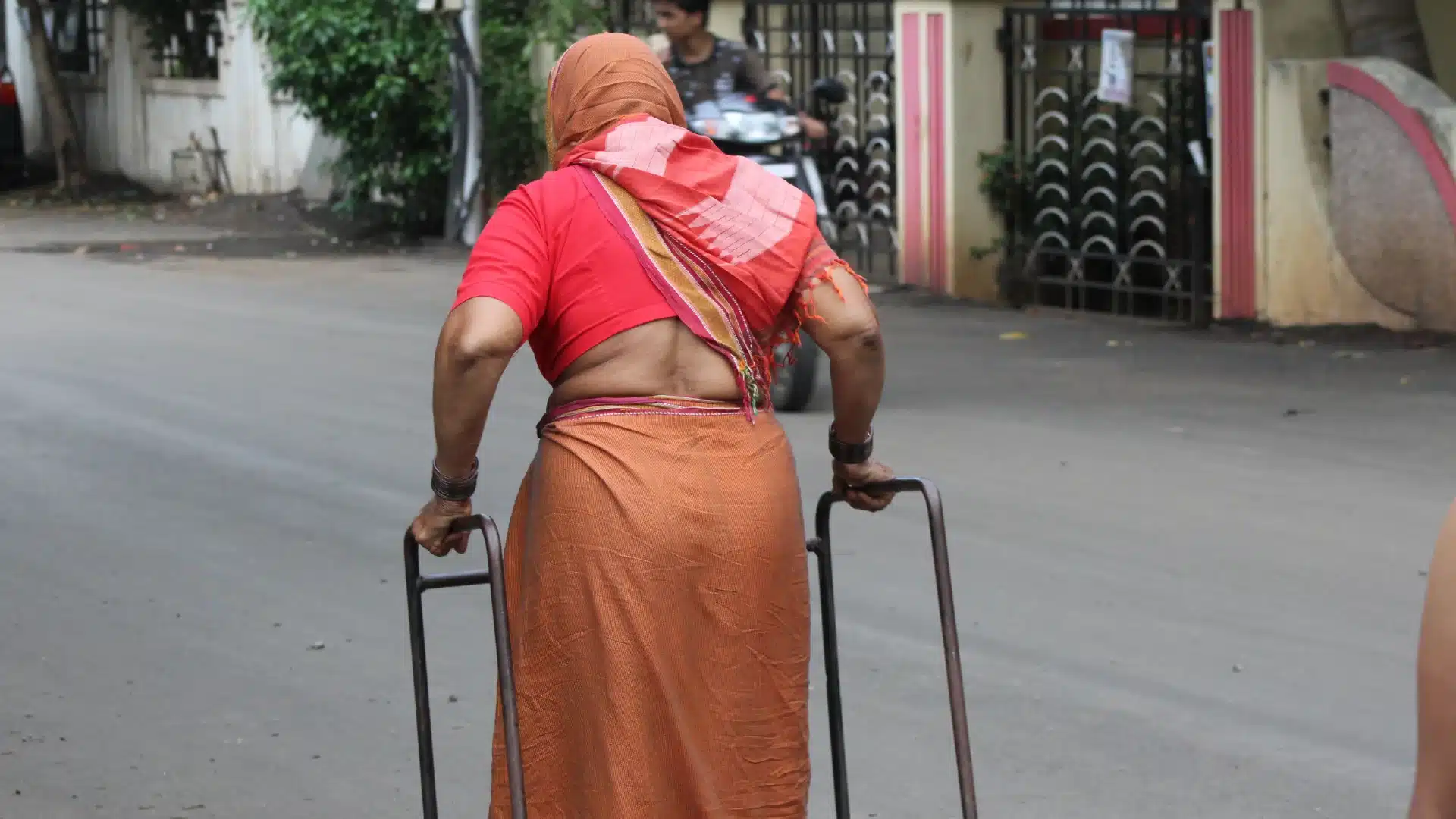
Overview
Taking care of hip health is important for maintaining mobility and independence in older adults. As we grow old, hip pain problems may start, making it essential to adopt some simple tricks that will keep the hips strong and stable. Below are four actionable tips to prevent hip issues and promote long-term wellness.
1. Maintain Regular Mobility
Getting started with exercise is the best way to keep hip pain at bay. Activities that don’t put too much stress on the body, like taking a walk, going for a swim, or riding a bike, help the joints stay active without putting extra pressure on them. In India, doing simple housework, visiting neighbors or going to the temple are some regular activities that should be continued.
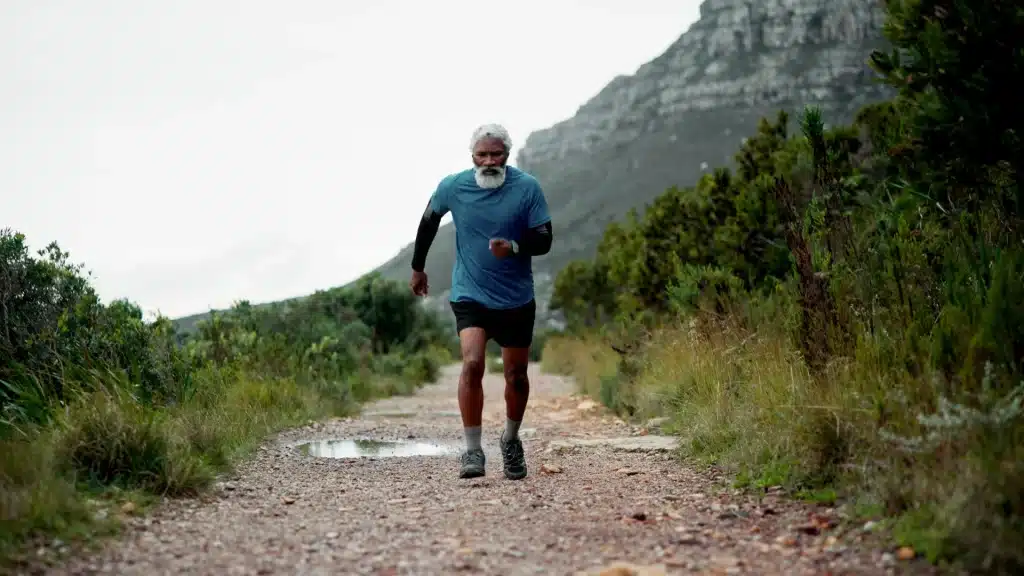
Working on strength is especially good for building up the muscles that give the hips support and lower the chances of getting hurt. Doing things that will result in your body remaining more flexible, such as yoga or regular stretching, helps the joints move more and cuts down on stiffness. The key is to stick with it, just 20-30 minutes of exercise a few times each week will make a difference.
2. Practice Fall Prevention
Falls are a leading cause of hip injuries, especially fractures in elderly people. Easy fall prevention techniques will reduce this risk. Just start with the right footwear. Wear non-slip supportive shoes that will improve balance. Slippers that have grooves are a good start.
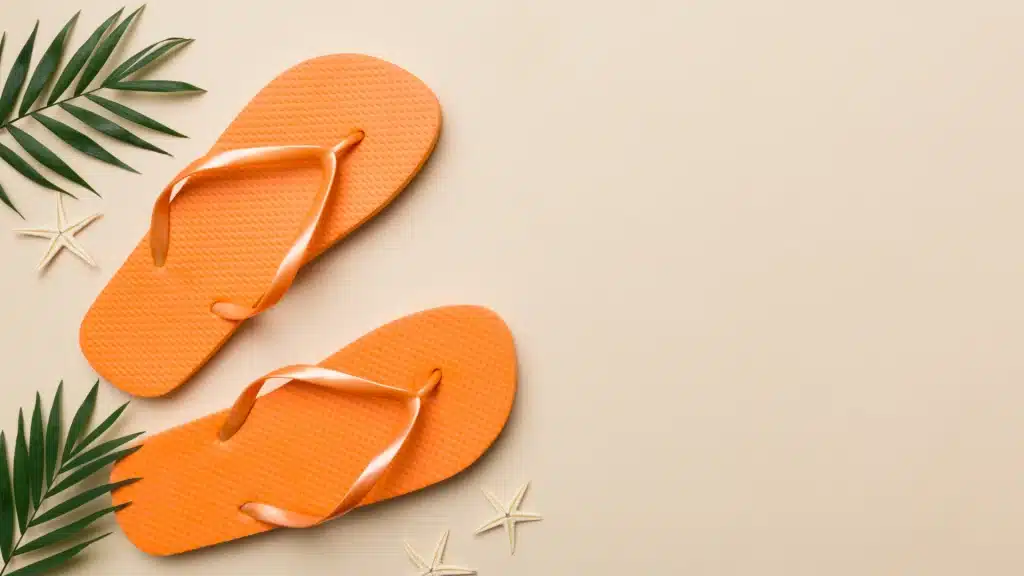
Good lighting around the house, especially in the hallways and staircases, will prevent accidental tripping. Sunlight from open windows will also help. Also, training in balance improves coordination and makes falls less likely. For example, some yoga poses are a great way to practice coordination.
3. Use of Assistive Devices
Assistive devices not only add extra support they also provide additional stability, which helps stop injuries. Many people choose canes and walkers to boost their balance and ease the load on their hips.
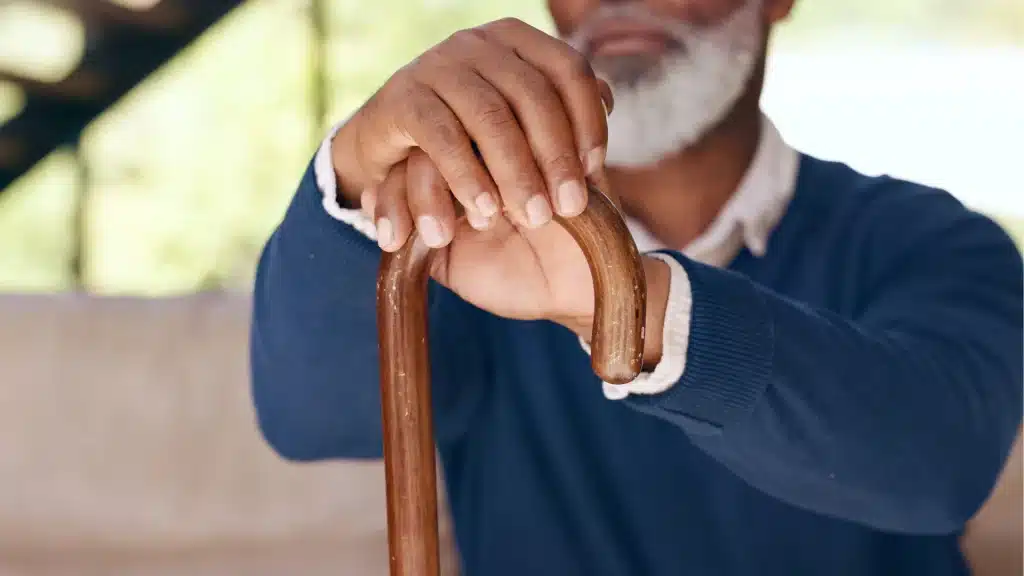
However, the device must fit perfectly according to the height and needs, just right. Also, check other tools, such as hip protectors, which will cushion the blow if you take a fall.
4. Modifications at Home
A safe home environment is important for hip health. Modifications to the living space will help to prevent accidents and make daily activities easier. These are very simple, for example, adding grab bars (metal handles) in bathrooms and near the staircase for added support.
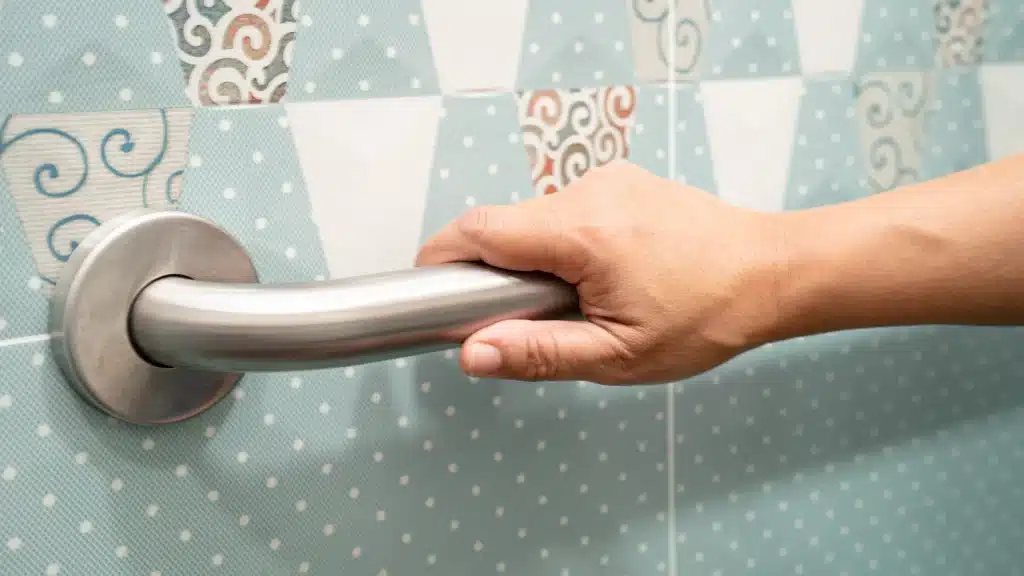
Removing tripping hazards like loose rugs, cords, or clutter. Adjustable furniture and raised toilet seats will reduce the strain on your hips when sitting or standing. These small changes will make a noticeable difference in preventing falls and hence, hip problems in the future.
Takeaways
Regular movement and flexibility routines plays a huge role in helping your hip joint remain healthy. Implementing effective fall prevention strategies is critical too. These precautions can significantly lower the chances of accidents that might lead to hip injuries. By combining these strategies, people can take care of their old parents and grandparents and maintain the health of their hips.
FAQs
What are some activities for hip health in older adults?
In India, some simple activities like walking around the home, going on foot to nearby places, and yoga is highly beneficial for maintaining hip health.
How will older adults improve their balance to prevent falls?
Doing balance training exercises, such as Yoga or traditional Indian dance forms enhances stability and reduces fall risks.
Are home modifications expensive?
Not all home modifications are costly. Simple changes like removing tripping hazards, fixing faulty water taps, installing grab bars, or using non-slip mats are affordable and highly effective.
